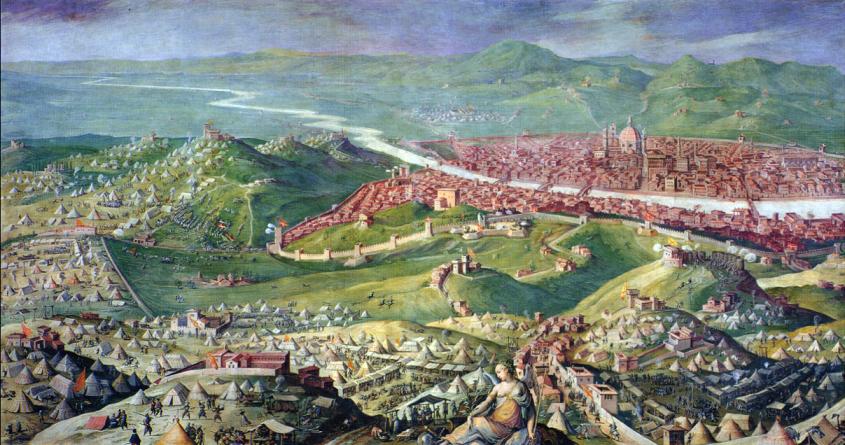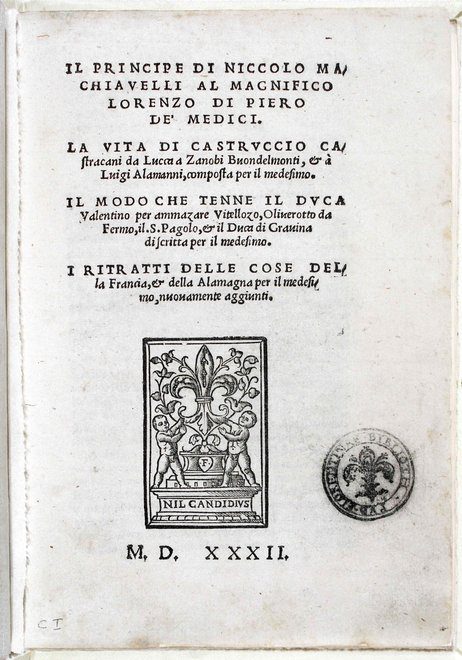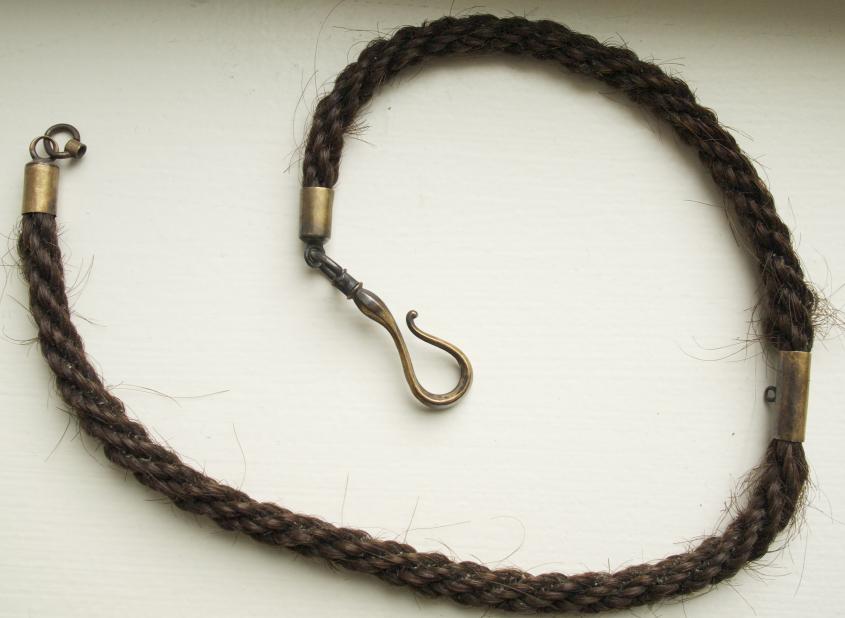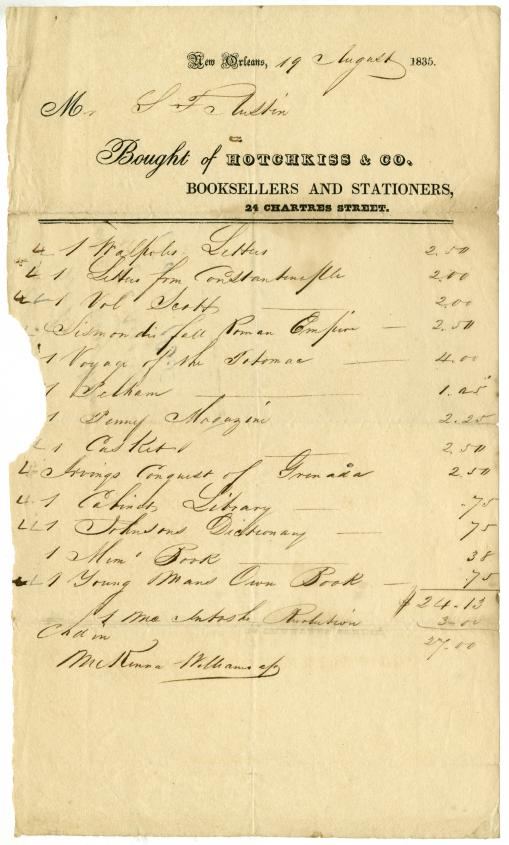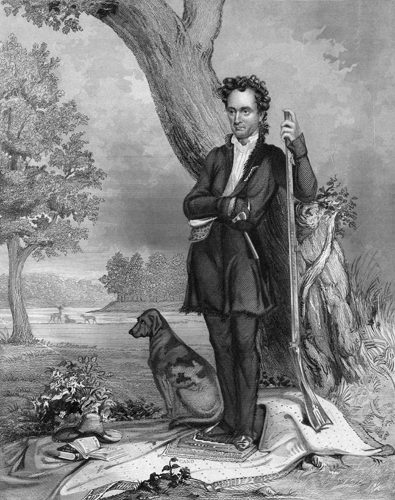Popular articles from our archive about Presidents and some of the people around them:
LBJ and Vietnam: A Conversation
and
The Prisoner of Events in Vietnam
by Mark Lawrence
A Rare Phone Call from One President to Another
by Jonathan Brown
The Atomic Bombs and the End of World War II: Tracking an Elusive Decision
by Bruce Hunt
A Historian Views Spielberg’s Lincoln
by Nicholas Roland
and
Lady Bird Johnson in Her Own Words
by Michael Gilette
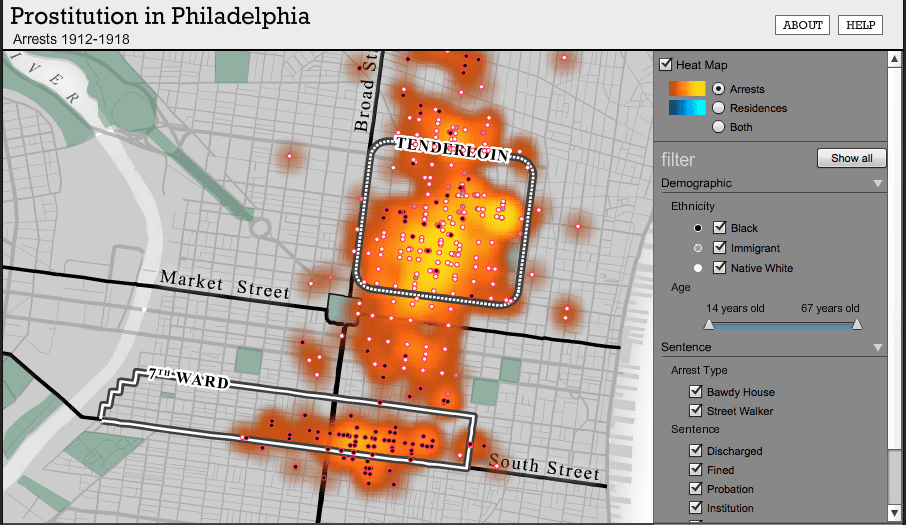
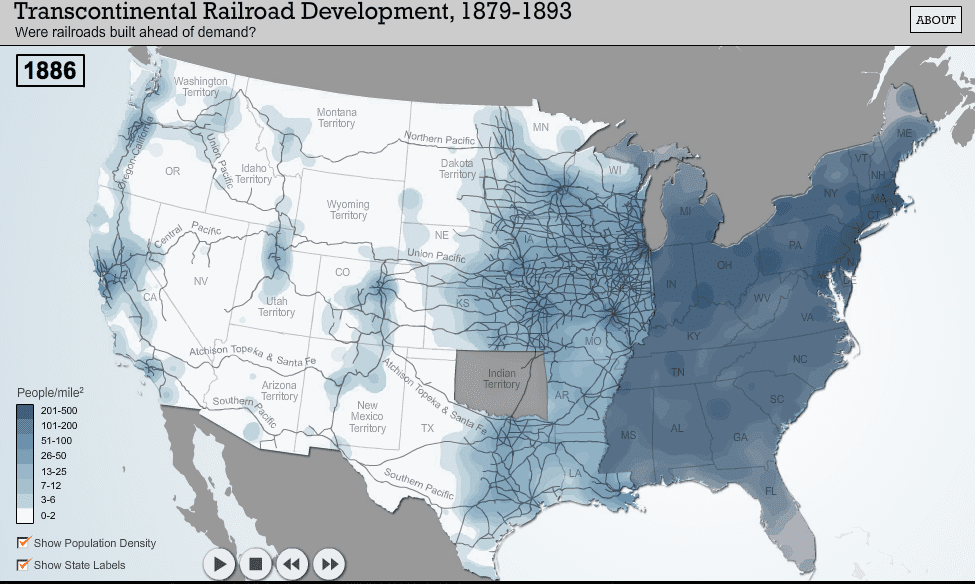
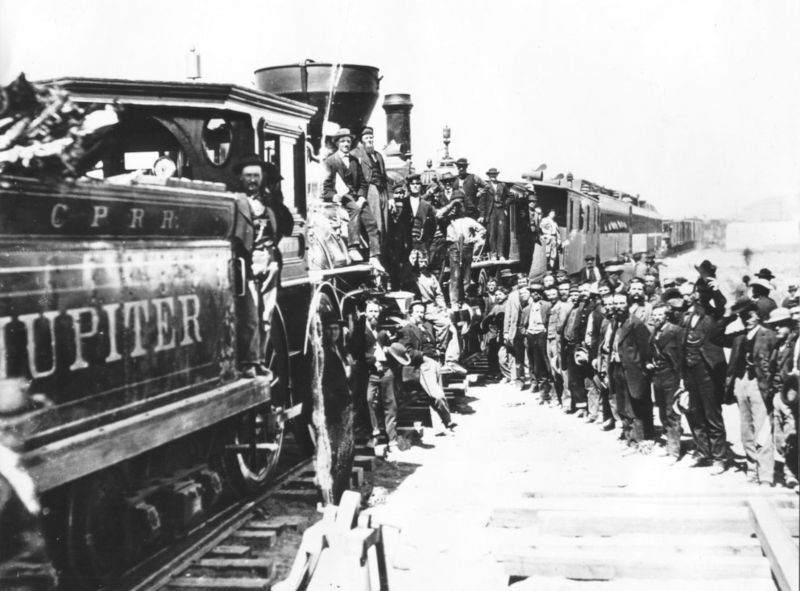
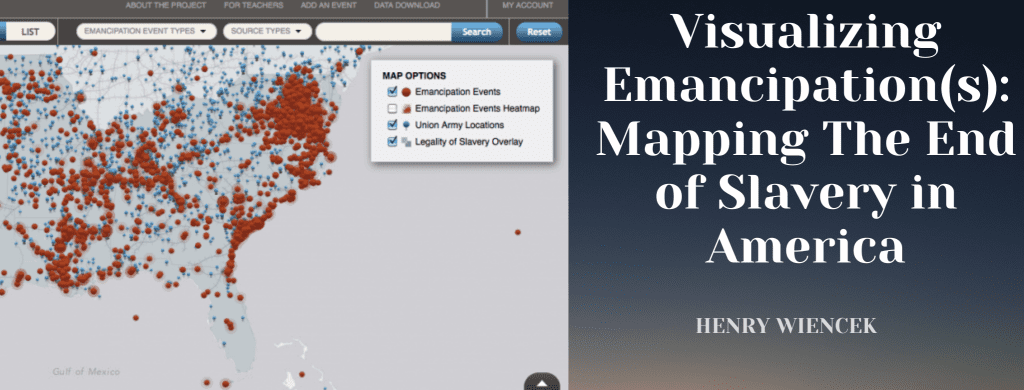
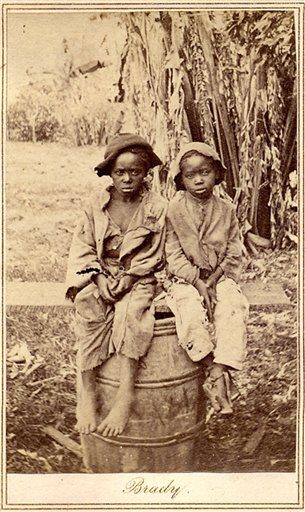
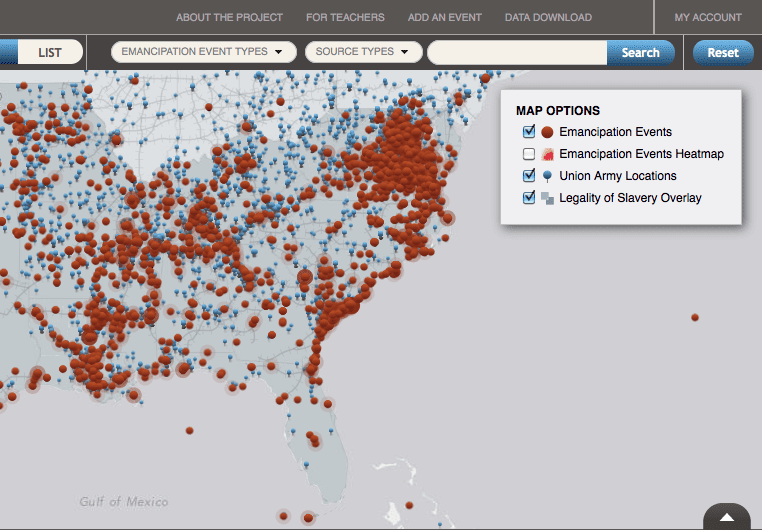
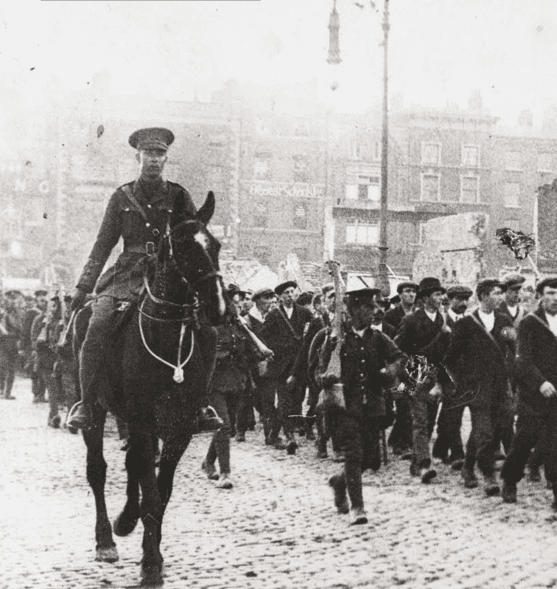
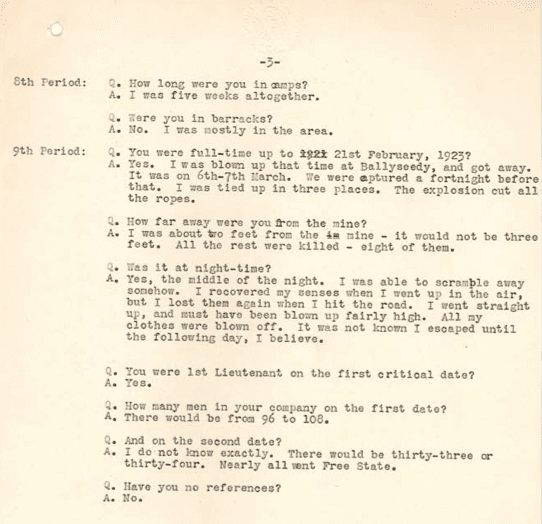



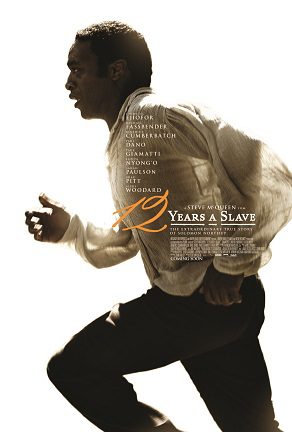 determined to demystify perhaps the central episode in this nation’s history. Yet, historians have not labored alone.
determined to demystify perhaps the central episode in this nation’s history. Yet, historians have not labored alone.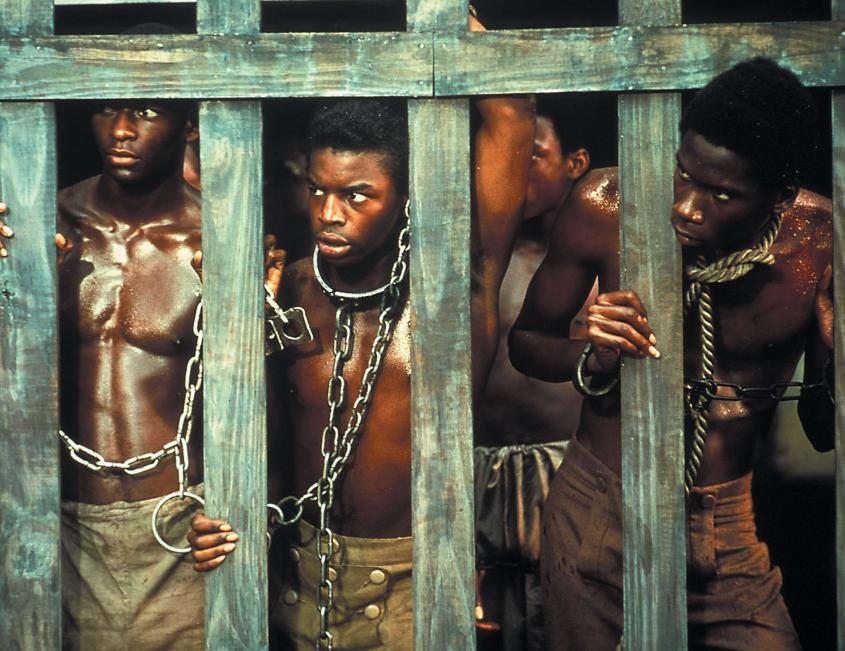
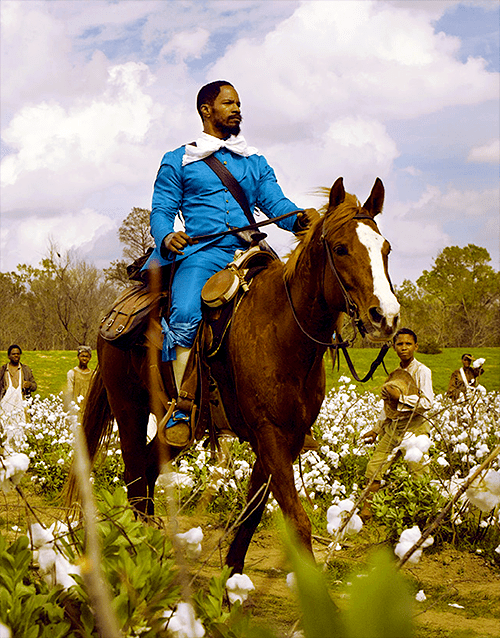
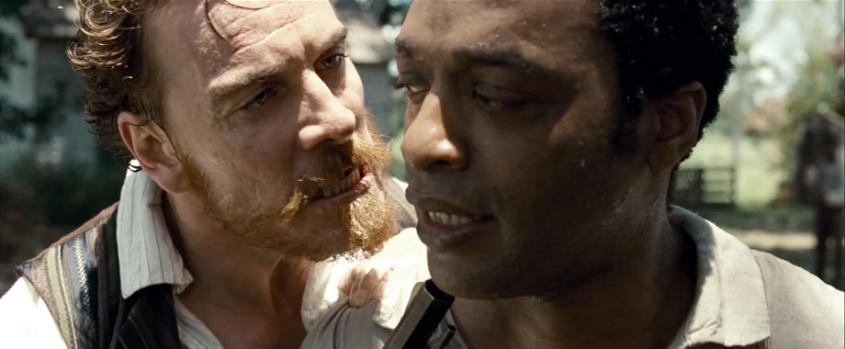
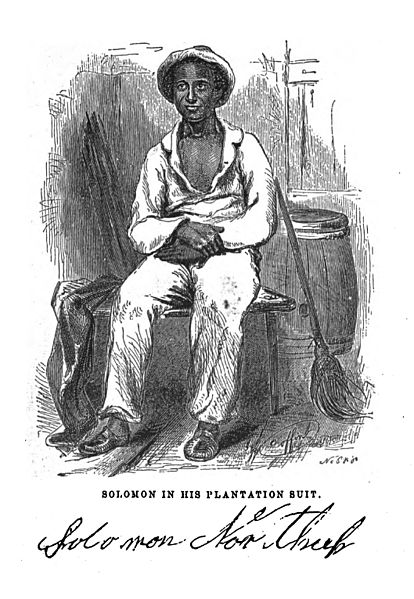
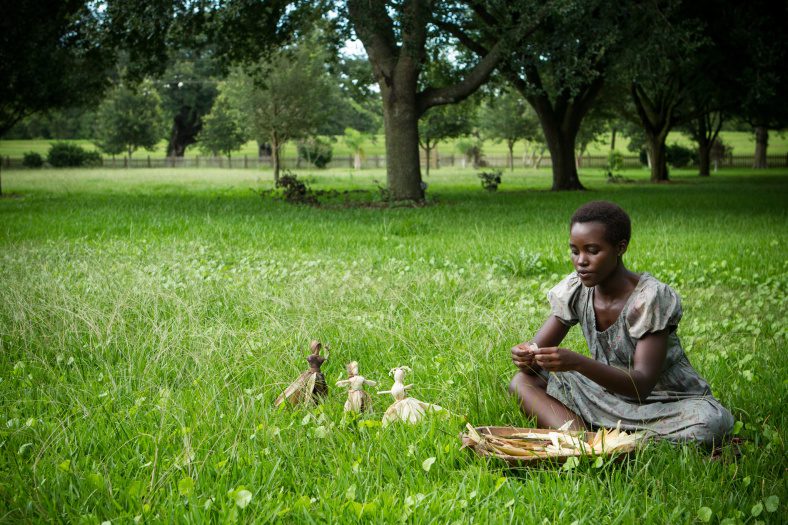
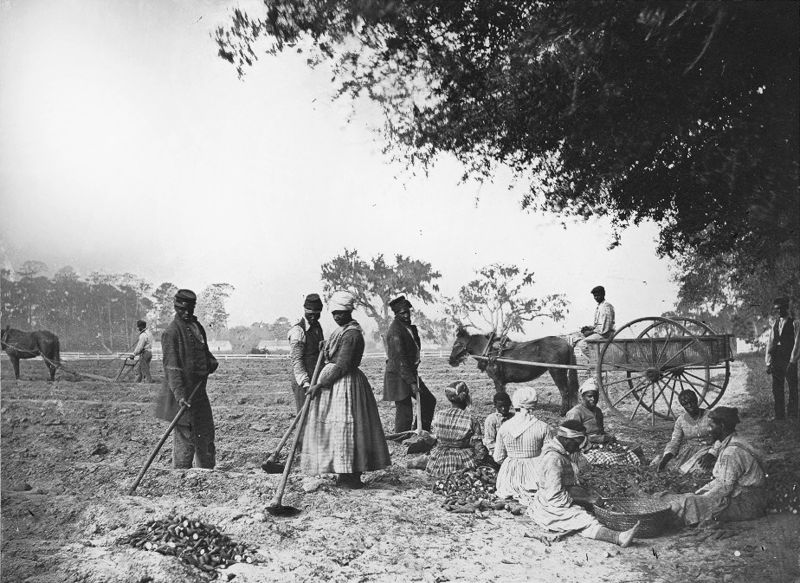
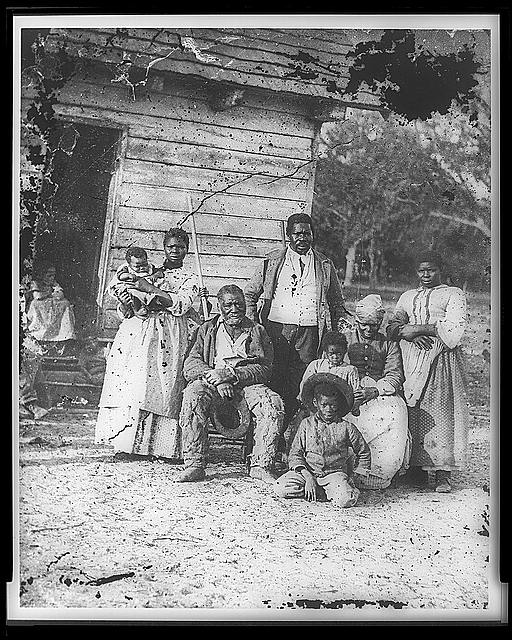
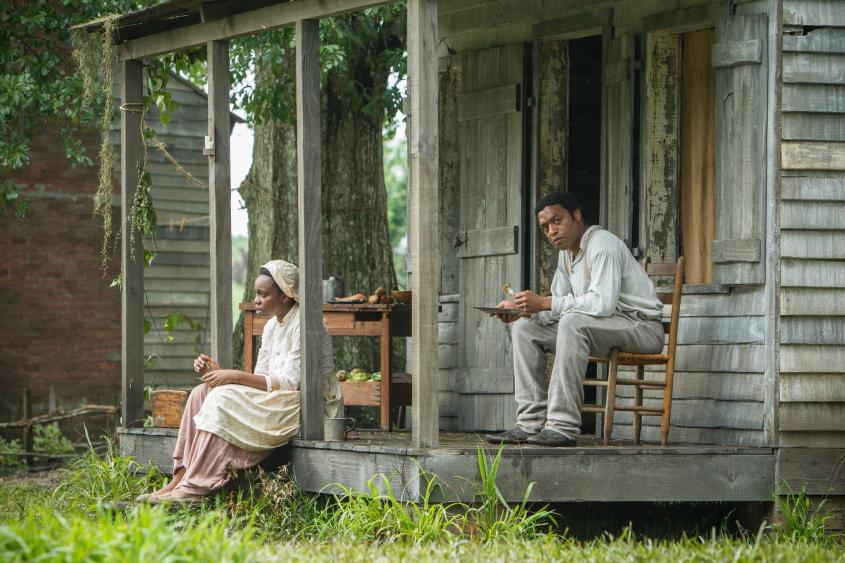
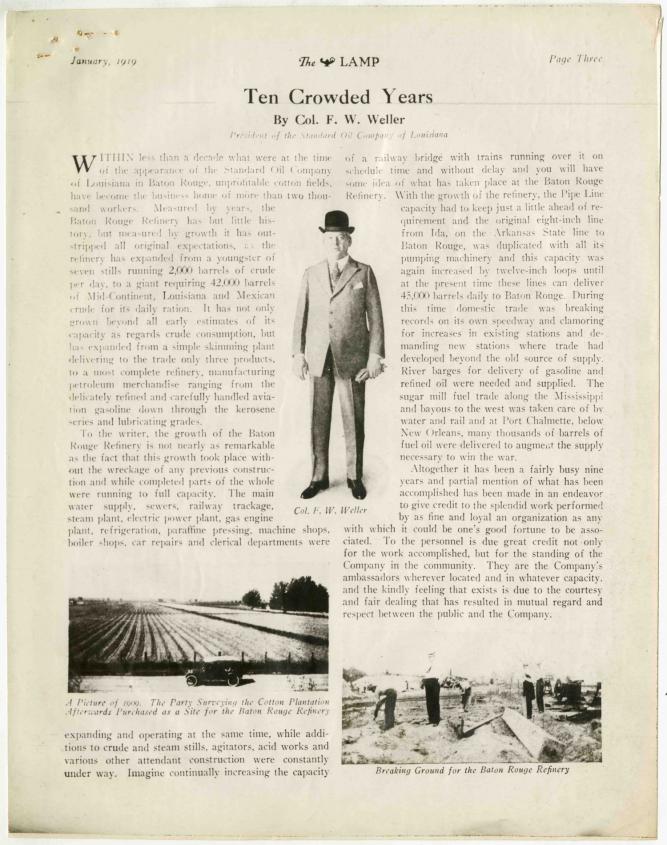
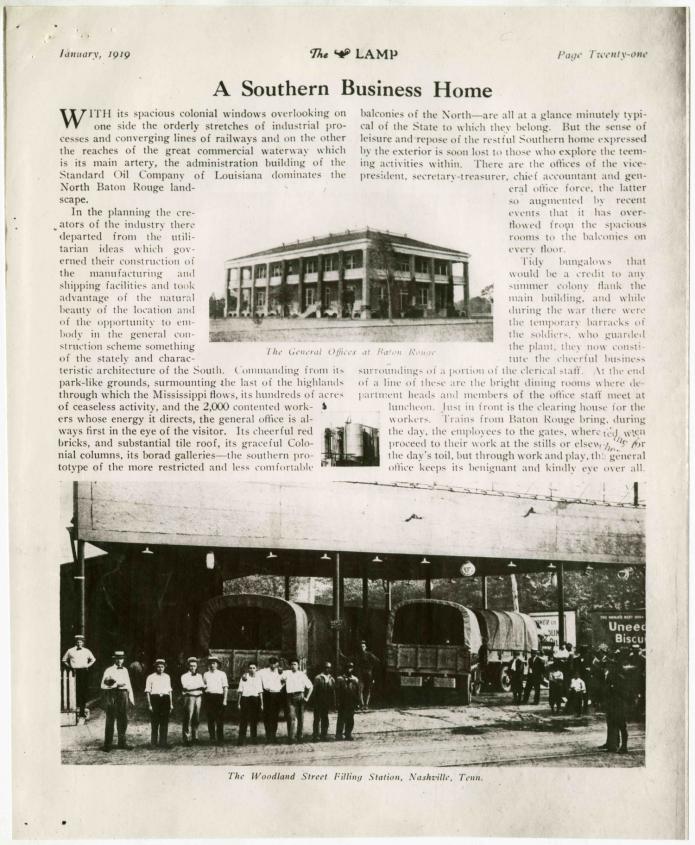
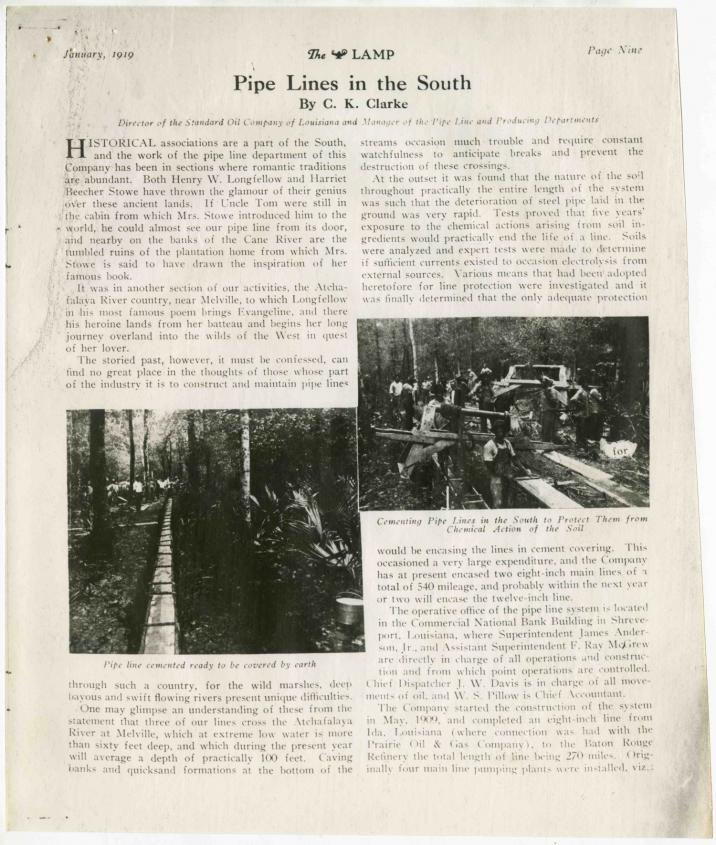
 “I judge that it might be true that fortune is arbiter of half of our actions, but also that she leaves the other half, or close to it, for us to govern. And I liken her to one of these violent rivers which, when they become enraged, flood the plains, ruin the trees and the buildings, lift earth from this part, drop in another; each person flees before them, everyone yields to their impetus without being able to hinder them in any regard. And although they are like this, it is not as if men, when times are quiet, could not provide them with dikes and dams so that when they rise later, either they go by a canal or their impetus is neither so wanton nor so damaging.”
“I judge that it might be true that fortune is arbiter of half of our actions, but also that she leaves the other half, or close to it, for us to govern. And I liken her to one of these violent rivers which, when they become enraged, flood the plains, ruin the trees and the buildings, lift earth from this part, drop in another; each person flees before them, everyone yields to their impetus without being able to hinder them in any regard. And although they are like this, it is not as if men, when times are quiet, could not provide them with dikes and dams so that when they rise later, either they go by a canal or their impetus is neither so wanton nor so damaging.”